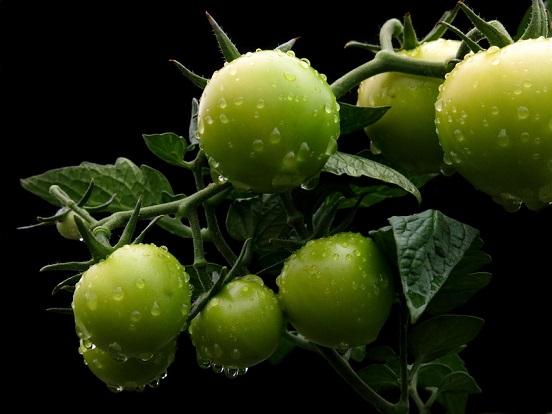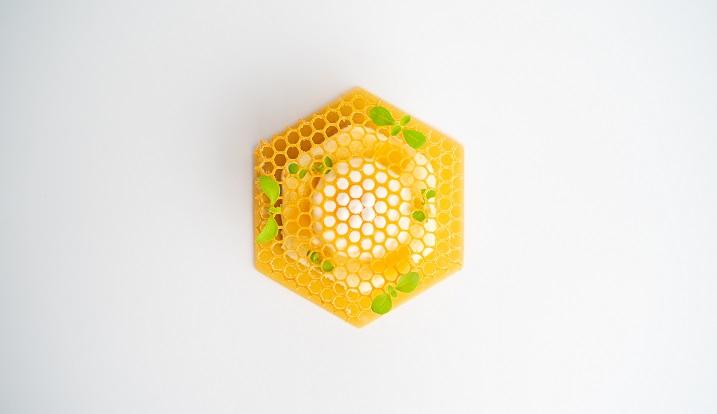Perhaps a lockdown isn’t the best time to be talking about restaurant food. But, as many of us are finding solace in rediscovered family recipes and succour in the guilty joy of relentless snacking, there’s something to be said for thinking about that great restaurant meal we’re going to have when it's over and we can finally stop staring into fridges and cutting our own hair. Admit it, we all hate the thought of going to prison (even though some of these haircuts are frankly criminal) but who hasn’t fantasised about what that first, literal taste of freedom must be like on release day?
So what makes a great dish? What elevates the ordinary and turns it into the sublime?
First and foremost, it’s great ingredients. You can be the most talented chef on the planet but if your ingredients are second rate your food will be too. But that doesn’t mean for a moment that it’s about luxury produce; it’s about simply using the best of what’s in season – have a tomato at the right time of year, for example, and you’ll be instantly reminded of just how wonderful they are. When ingredients taste truly of themselves you’re halfway there.

Balance is a vital element too and is why chefs should always eat their own food – as inspectors it’s always apparent when we eat the food of a chef who doesn’t. That doesn’t mean just tasting the various components as they go along but actually sitting down and eating the final dish like one of their customers. That is the moment they’ll discover whether the elements all work together in harmony. Some dishes can be great for the first few mouthfuls before you realise there’s too much of this, not enough of that or that everything is overwhelmed by one powerful flavour. A truly special dish is one you never want to end.
Creativity and skill are obviously important factors. You can take two chefs, give them the same ingredients, tell them to cook the same dish and one will always be better than the other. Sometimes it’ll be obvious why – something under/over cooked or over/under seasoned; it may be a failure of technique or a misjudgement in creativity – but sometimes one is simply better than the other and it’s hard to explain exactly why.
At that moment, cooking shifts from being a science into an art. That being said, creativity and depth should never be confused with complication. Dishes are rarely improved by being made more elaborate – good food isn’t about a chef showing how clever they are or how many techniques they’ve mastered, it’s about creating something truly joyful to eat.

Another important element, especially for us at the MICHELIN Guide, is consistency. Nothing disappoints a diner more than ordering a favourite dish and finding it a pale shadow of what it once was. There are lots of talented chefs out there who can cook to the standard of a MICHELIN Star but if they aren’t doing so consistently – day in and day out and across all parts of the menu – then we simply don’t award one; we can’t add an asterisk to a Star to say “stick to the fish dishes” or “the lamb speciality isn’t always great”.
I’ll never forget the first time I had Marco Pierre White’s lemon tart, Nico Ladenis’s foie gras, Pierre Koffman’s pig’s trotters or Alain Ducasse’s rum baba. The memory of the kohada nigiri I had at Jiro in Tokyo will live with me forever and I’ve been known to dream about the abalone puffs at Lung King Heen in Hong Kong. Whether at Ultraviolet, Gaggan, Noma, El Bulli, Arpège, Per Se, Arzak or Les Amis, I’ve eaten so many sublime dishes around the world that I can even excuse myself this shameless bout of name dropping.

I’m often asked what the best thing is I’ve ever eaten. It was in Tokyo and it was sliced mango. That was it – slices of mango on a white plate. It brought to an end a meal in a Two Star tempura restaurant and was the perfect antidote to the oiliness of the tempura that had preceded it. Yes the mango itself was spectacular – it was a Miyazaki mango – but it was also at the perfect state of ripeness and the perfect temperature; it was simply one of the best pieces of fruit I’ve ever eaten and showed that a chef’s skill goes beyond mere recipe preparation. Frankly, it has spoilt mango for me forever because every piece I’ve eaten since has been a disappointment.
We’re all inside now; we’ve done the banana bread and Dalgona coffee thing and, who knows, maybe many will look back on these weeks as the time they discovered the joy of cooking. I’ve certainly lost count of the number of photos I’ve felt under pressure to ‘like’ of friends’ creative pasta dishes. If Mike Leigh ever considers making a sequel to ‘Life Is Sweet’ I have all the material he’ll need.
But whatever a dish looks like on social media, food is all about just one thing – taste. Like standing in front of a Mark Rothko painting to feel that full visceral hit, you really have to be there. Imagining that first bite of a great dish is something I’ve spent hours thinking about during these past few weeks.
















